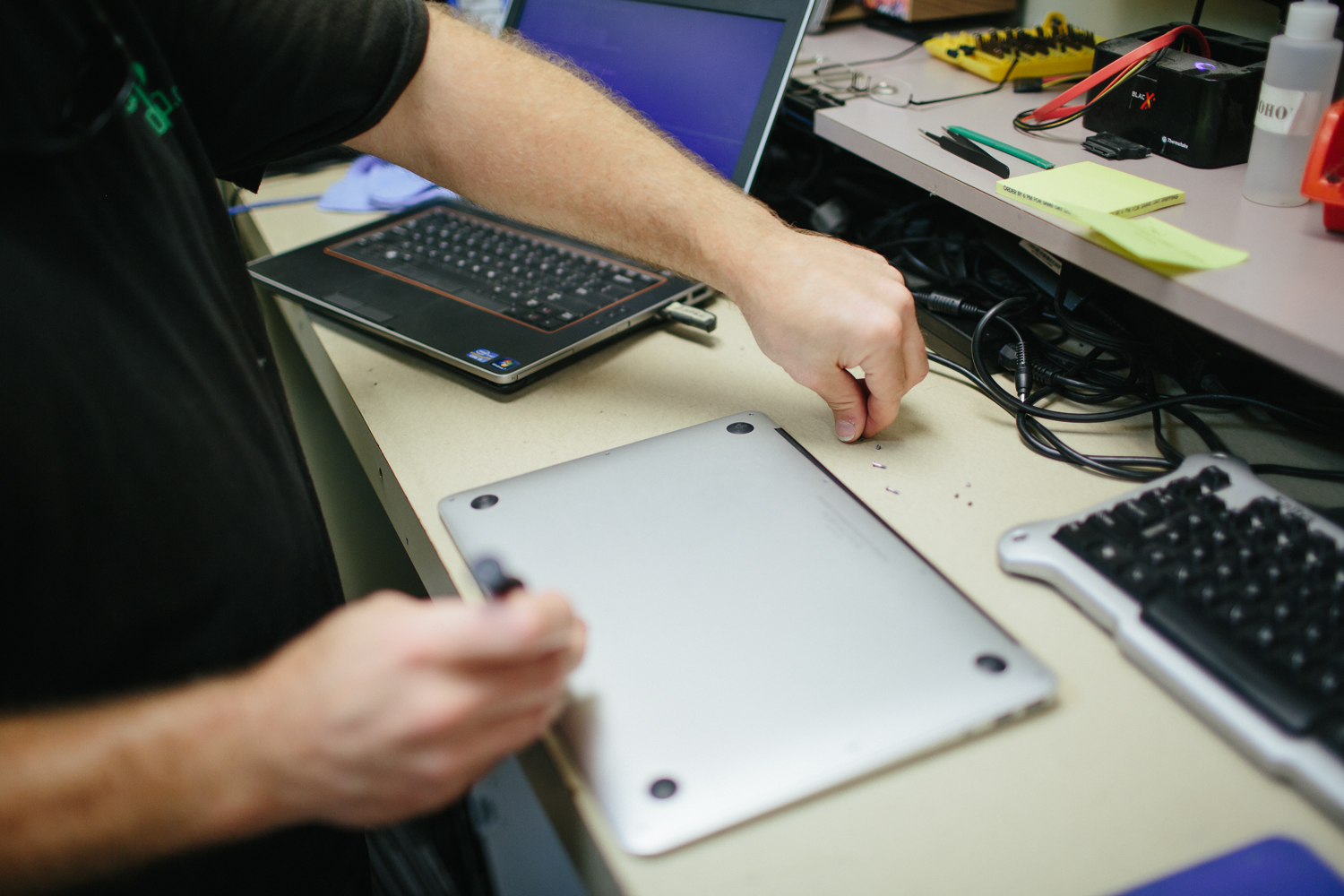Tips when shopping and when you get the item
1) Check to ensure the process of refurbishing is thorough. Terms such as “Like-New,” “Open-Box,” “Refurbished,” or “Certified Pre-Owned” can mean very different things. Some vendors claim that an item is refurbished, when all they have done is make sure it turns on and wipe it clean(ish) with a cloth. If the seller doesn’t know — or can’t be specific — about the process to make sure the item has been thoroughly checked, then you should have a lot less confidence that the item will last.
2) Find out about accessories. Items that, when new, come with earphones, connecting cables and charging stations, don’t always come with those important accessories when used. You should check to see what you are getting, and whether you will need to purchase other accessories. The fewer the accessories, the more of a discount you should expect.
3) How to know you are getting a good price.
- Generally speaking, the cost for a reliable, certified pre-owned piece of equipment is usually about 15-20% less than buying new, plus 10% per year since the original sale. So, a three year old tablet might be about half the price of that same tablet new.
- Make sure you know when the model came out. In addition to how old the device is, you should check when the specific model debuted. Prices for refurbished items are mostly set by the debut of the product, and not how long those specific items were in use. This matters less with devices that don’t require a lot of software updates, such as cameras; but with a device such as a tablet, the older the device, the more issues it may have with running the latest software.
- Comparison shop, and don’t automatically choose the cheapest option. If you find one merchant selling the same item at a much lower cost, there is probably more risk.
4) Get protection — warranty, returns or purchase insurance. First you should get a sense of the return policy, and what the terms are. Most sellers will give you 30 days to return, but some give you just a couple of weeks, meaning you have to flag defective products very quickly. In addition to a good return policy, you want at least a 90-day warranty in case the item needs service. Paying with some credit cards will extend your warranty and give you additional purchase protection. Getting additional protection is a good way to enjoy the cost savings without the risk. Your credit card company can also help get your money back if the seller won’t accept a return.
5) Check the item ASAP. It’s much easier to get your money back for a defective product if you flag problems right away, and it’s harder for the seller to claim it was your fault. If the device has a camera, check the lens for scratches and take a test picture. If the seller doesn’t cooperate when you flag issues, try contesting the charge with your credit card company, which can often get your money back.
6) Use customer service to your advantage. If you buy online with a vendor such as Amazon, use the online chat feature to give feedback on the purchase. A lot of customers find they can get issues addressed quickly by flagging problems this way.
7) Don’t toss old electronics: Read more about how you can sell, donate or recycle those used items by checking our U.S. PIRG blog here.













